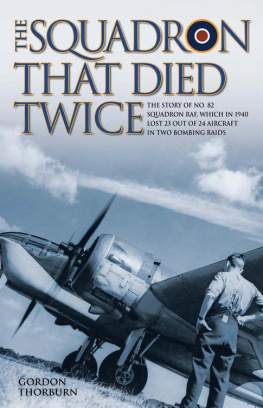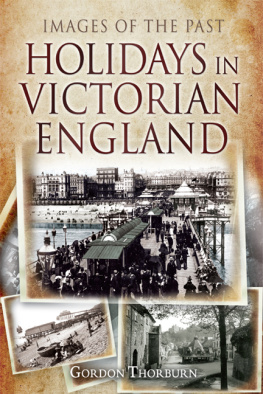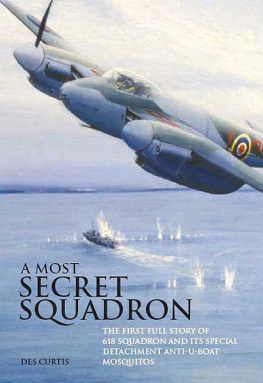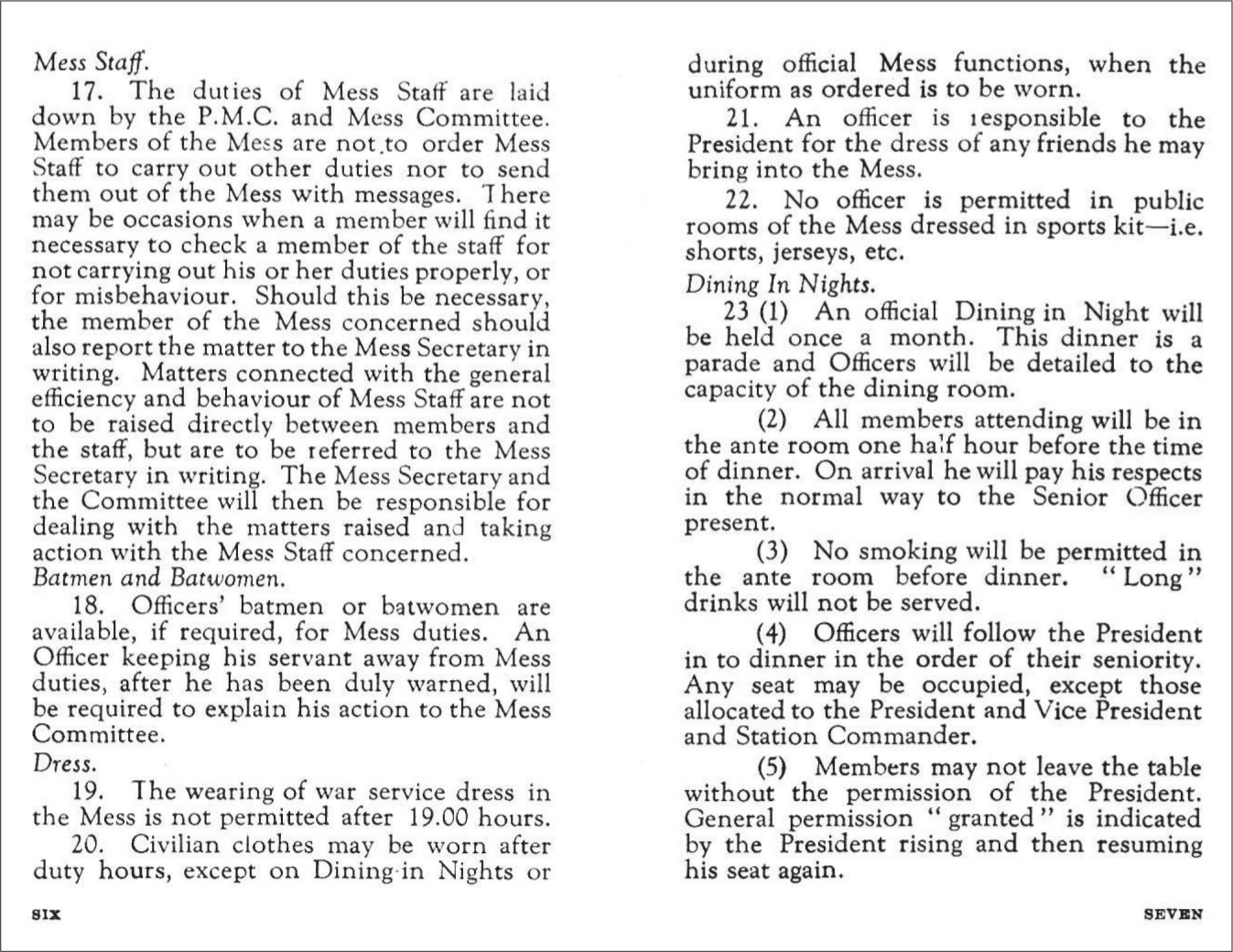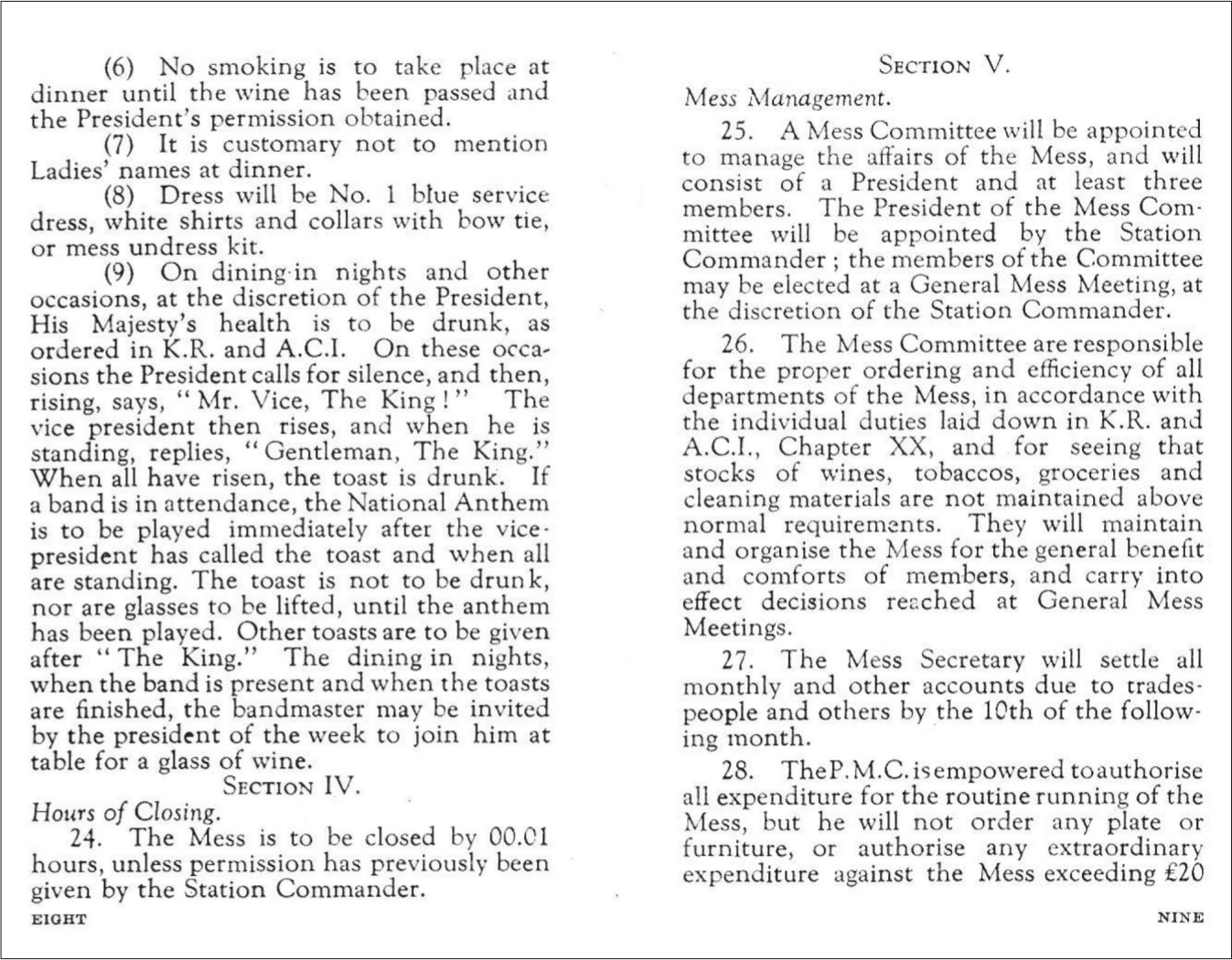Grateful thanks are due to Julian Horn, historian of RAF Watton and 82 Squadron, who provided photographs, the letter from Freddie Thripp and much besides; Peter Cornwell for research into the events of 17 May; John Lart for new information on his uncle; and Sren Flensted, Jrn Junker and Carsten Petersen for photographs.
Above all, many thanks to Ole Bang Rnnest, for photographs and without whose meticulous research (he is a retired Danish police CSI officer) on the lborg raid an accurate story would have been impossible. With Oles permission, his own account of the raid, recorded some years ago when he was able to contact some of the survivors, has been heavily mined for this book.
T he eighty-second squadron of the Royal Flying Corps was formed at Doncaster on 7 January 1917 and moved to France and the Great War in November, based in the Aisne and Oise areas of the Western Front. Matters such as squadron mottoes and badges were not uppermost in wartime minds and, for some reason now forgotten, No. 82s badge was a picture of a steaming kettle with the sun in the background. Squadron equipment was the Armstrong Whitworth FK8, so named because it was one of a series designed by Dutch engineer Frederick Koolhoven. Like all Royal Flying Corps machines not specifically designed as fighters, it was a general-purpose, workhorse type of biplane expected to defend itself if necessary. Called by its airmen Big Ack, it was not as well known nor as widely used as the Royal Aircraft Factory RE8 (called Harry Tate) but was more popular with pilots.
Compared with the fighters on both sides, such machines were big and slow consider the FK8s wingspan of 43 feet and top speed of 95mph against the SE5As 26 feet and 140mph or, more to the point, the Fokker DVII at 29 feet and 125mph but the FK8, RE8 and the BE2 that went before were not meant for aerial combat. They were steady, reliable platforms for reconnaissance, bombing (such as it was then), spotting for the artillery and contact patrols very low flying following the progress of infantry advances on battle days. The FK8s speed was rather less than 95mph when fully loaded with its 260lb of bombs. Its main defence was a Lewis gun fired by the observer; its additional fixed, forward-facing Vickers machine gun could be fired by the pilot but rarely was except in strafing ground targets.
In the last months of the war, new uses were found for the FK8, such as dropping supplies to the advancing Allied troops, but the Armistice signalled the end of the aircrafts useful life and the temporary end of 82 Squadron.
Before 1920 was out, the British air force, now the RAF, had been reduced to one fighter squadron and four army co-operation squadrons at home; five Imperial policing squadrons in Egypt, four more in each of India and Iraq and one in the Far East. In round numbers, 23,000 officers, 21,000 cadets and 227,000 other ranks had been demobilised and the Womens Royal Air Force disbanded.
The men-only RAF thus consisted of 3,280 officers and 25,000 other ranks, most of it overseas. More than 160 squadrons had been dissolved and dismissed, and the next few years were characterised by attacks on the RAF itself: by the two other armed services and by those politicians and commentators who thought it too expensive for Britain to afford. Its success in policing the Empire in a most economical fashion and, curiously, government concerns about the intentions of the old enemy, France, which had retained a much bigger air force, ensured the survival of the RAF with a capacity for both defence fighters and offence, bombers.
A question for the air force and the government was what sort of bombers? Did they want big machines that could carry heavy loads to lay waste large areas, or smaller ones that could dart in and out of specific targets, delivering swift tactical blows?
Here is a French expert, Georges Prade, writing in 1916. He classifies four uses for, and therefore types of, military aircraft: reconnaissance scouts, artillery observation machines, battleplanes (fighters or chasers), and bomb-droppers:
The bomb-dropper is the Dreadnought of the air. It must include among its qualities a certain minimum of speed, climbing power, and manoeuvring capacity to enable it to escape from the fire of anti-air guns. As for chasers, bomb-droppers must not be expected to defend themselves against these. They must be escorted by squadrons which have nothing else to do. Bombarding fleets [should] always include several squadrons, operating on well-determined itineraries, known in advance, at fixed hours. Thus, convoying them is easy. It has been found possible to group in this way 50 machines, which, flying in a triangle like wild duck, have gone as far as the large cities of South Germany [from France]. These machines must therefore have powerful motors 200 h.p. a large range of action, and large fuselage, permitting the well-aimed dropping of bombs by special apparatus. They should also carry a machine gun.
This is the most difficult machine to construct, and the task of he who pilots it is both ungrateful and perilous long raids over enemy territory.
Monsieur Prade was of the opinion that bomber meant heavy bomber, escorted by fighters, and the RAF agreed to an extent. All the way through the 1920s and most of the 1930s, large, slow biplanes were strategic equipment, for example the Vickers Virginia, a machine closely resembling and hardly outperforming the Vickers Vimy of 1917.
By 1936, the threat from Germany was becoming rather more obvious, but Britain had no aircraft that would have been able to fly to Germany from home ground, deliver a usefully damaging amount of bombs, and get back again. The RAF went into a period of expansion and the new RAF Commands were formed Fighter, Bomber, Coastal and Training with the Commands split into Groups according to primary task and aircraft type. No. 3 Group of Bomber Command would have the heavy bombers, such as they might be, while 1 and 2 Groups would fly the light bombers for supporting ground forces.
It was obvious to bomber strategists that their job would be a hard one. All thought was of precision targets; that meant going in daylight because such targets could not be found at night. If they were to go in daylight, the only way they could reach their targets would be if they could defend themselves against fighter attack and somehow avoid the shooting from the ground.
Flying in close formation, with cloud cover, could be the answer if clouds could be predicted accurately, or at all, and if it were possible to keep formation in the clouds when bomber crews couldnt see each other. Keeping formation while attacking, and while under attack, would be even more difficult, which made things doubly questionable when the tight formation was the given means of defence.
Flying too quickly for the ground gunners would also be good, if only there were an aircraft that could go that fast. Having long-range fighter escorts would also be very welcome, if only such were available.
German targets did not become practicable until the faster, monoplane light bombers began coming into service in 1937: the Vickers Wellesley (180mph, 2,000lb bombs), the Fairey Battle (260mph, 1,000lb bombs) and the Bristol Blenheim (269mph, 1,000lb bombs Mark I, 266mph, 1,000lb bombs plus 320lb bombs carried externally Mark IV,).

